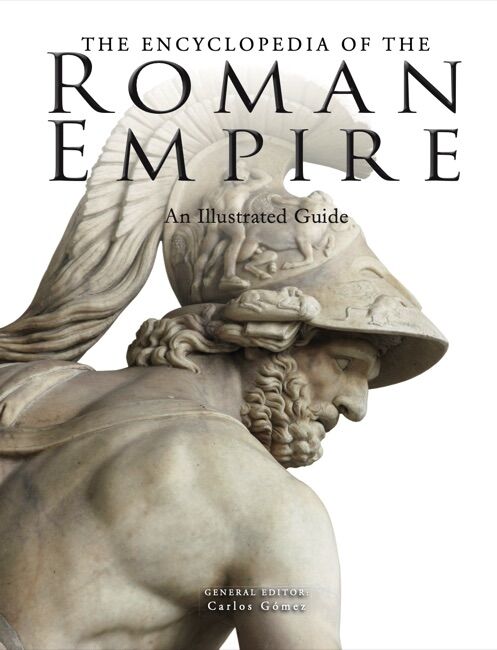The Encyclopedia of the Roman Empire
Rome may have fallen in the late fifth century CE, but more than 1,500 years later its mark on Europe and around the Mediterranean is still evident. It’s not just in the roads, aqueducts and settlements, though, that Rome’s immense... Read moreRead less
Rome may have fallen in the late fifth century CE, but more than 1,500 years later its mark on Europe and around the Mediterranean is still evident. It’s not just in the roads, aqueducts and settlements, though, that Rome’s immense legacy can be found. Or even in more recent buildings – from the Renaissance to the present day – that have been constructed in a neoclassical style. We need only look at modern law, which is based on principles developed during the Roman Empire. Or modern philosophy, which stands on the shoulders of work by Seneca and others. And although Latin may be a dead language, we still use it in scientific classification – even for newly coined words.
From Augustus’s reign as the First Emperor of Rome to the Barbarian invasions beginning in the 5th century CE, The Encyclopedia of the Ancient Roman Empire is an outstanding celebration of the glory that was the Roman Empire. Ranging from military expansion to life within a Roman legion, from Pompeii to Jerusalem to Constantinople, from political assassinations to gladiatorial games, from the Roman Catacombs to Hadrian’s Wall, and from the Jewish Revolt to early Christianity, the book expertly explores the political, cultural, social and religious history of the Roman Empire. This is the story of Marcus Agrippa, Caligula, Claudius, Hadrian, Livia and Hadrian – and many others.
Accessibly written and with a wealth of colour illustrations and photographs, The Encyclopedia of the Ancient Roman Empire is a fascinating reference work for any home.
Encyclopedia series
Format: 285 x 225mm pb
Extent: 448pp
Word count: 166,000
Illustrations: 400 colour photographs and artworks
ISBN: 9781782746942
ISBN 9781838865689 plc
ISBN 978-1-78274-694-2 pb OOP
Buy now:
